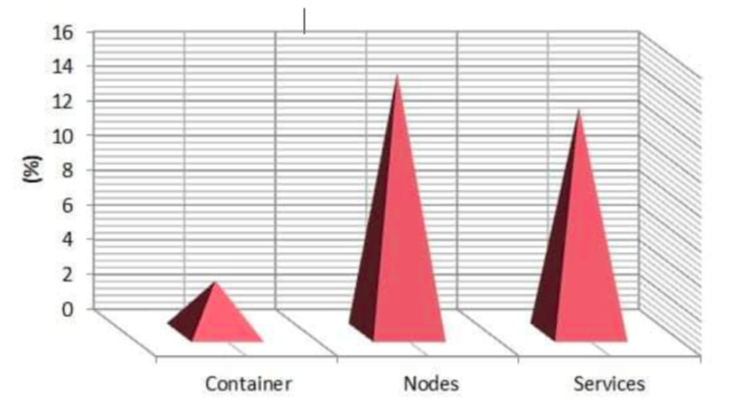


Indian Journal of Science and Technology
DOI: 10.17485/IJST/v13i48.2085
Year: 2020, Volume: 13, Issue: 48, Pages: 4646-4653
Original Article
Aalaa Galal A. Elbelgehy1*, Samir AbdElrazek2, Hazem M. El-Bakry3, A M Riad3
1Demonstrate, Information Systems Department, Faculty of Computers and Information, Kafr Elsheikh University, Kafr Elsheikh, 33511, Egypt. Tel.: +20112150208
2Associate Professor, Information Systems Department, Faculty of Computers and Information, Mansoura University, Mansoura, 35516, Egypt
3Professor, Information Systems Department, Faculty of Computers and Information, Mansoura University, Mansoura, 35516, Egypt
* Corresponding Author
Tel: +20112150208
Email: [email protected]
Received Date:21 November 2020, Accepted Date:05 December 2020, Published Date:30 December 2020
Objectives: To measure the performance of docker swarm technology in virtual labs. Methods : The virtual laboratory is developed as a group of four system machines (VMs) on the same host computer as a cluster. The simulation depends on Linux OS, VirtualBox, Docker Swarm, Nginx, and Redis tools. Visualizing the tracing process by using portainer. Findings: The performance analysis of building virtual labs and running six main educational services using docker swarm virtualization technology are explained in detail. The experimental results have shown that the maximum utilization of the central processing unit (CPU) has reached 13% only for the nodes, 11% for the services, and 1% for the container, which considered very efficient in terms of processing. Moreover, the results have proved the effectiveness of the docker swarm in terms of memory usage since the maximum memory usage of nodes reached 101 MB, 103 MB for Container, and only 2% for each service. Additionally, the maximum network transition has reached (941 Bps) for service. Novelty/Applications: Building Cloud Virtual Labs enable students to connect remotely to the virtual machine at anytime and anywhere. Also, these labs enable instructors to trace the students’ progress and manage the evaluation process.
Keywords: Container; cloud; docker; hypervisor; orchestration; swarm
© 2020 Elbelgehy et al.This is an open access article distributed under the terms of the Creative Commons Attribution License, which permits unrestricted use, distribution, and reproduction in any medium, provided the original author and source are credited. Published By Indian Society for Education and Environment (iSee)
Subscribe now for latest articles and news.